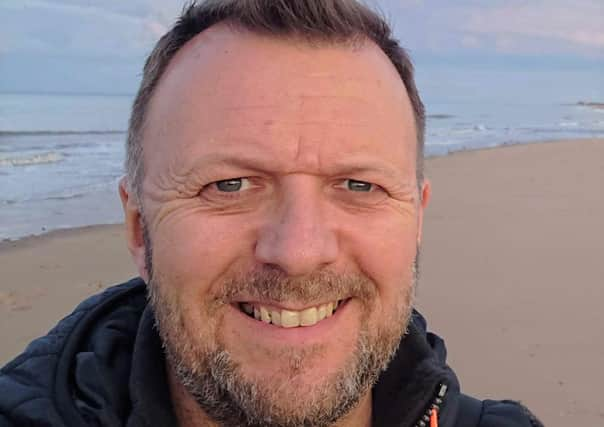Call for training to help drivers cope with Sleaford’s dangerous rural roads


In the parliamentary constituency of Sleaford and North Hykeham, 98 people were killed or seriously injured on the roads last year, with 91 of those on rural roads, Department for Transport figures show.
Most deaths and serious injuries in the constituency happened on 60mph roads in the daytime.
Advertisement
Hide AdAdvertisement
Hide AdThe recently published ‘Reported Road Casualties Great Britain: 2019 report’ showed that rural roads across the country continue to be the most deadly. They account for 57 per cent of fatalities but only 43 per cent of traffic.
Richard Hardesty, an IAM Roadsmart National Observer and committee member for the road charity’s IAM Lincolnshire Group, feels drivers need continued training after they’ve passed their tests.
Mr Hardesty, a voluntary advanced driving mentor, said: “All drivers in the UK have to take a driving test to be able to drive, with most of those taking maybe ten hours of training to prepare for their driving test.
“Drivers are taught to pass the test and then, as such, learn to drive through experience over the coming months and years. In a job, staff generally receive continual training opportunities throughout their careers, why should driving be any different?”
Advertisement
Hide AdAdvertisement
Hide AdMr Hardesty is also Lincolnshire commission manager for engineering professional services firm WSP which supports Lincolnshire County Council on highways schemes. He is an advocate of the driving improvements that can result from the installation of telematics (or black boxes). Some insurance companies install black boxes to record and monitor how a motorist drives and reward good driving with reduced premiums.
Mr Hardesty says telematics have supported both his teenage son Oliver and work teams to drive with more awareness.
He said: “Telematics make drivers conscious of their actions, in that they are scored on their driving behaviours. In some cases they’re also notified if they perform badly.”
Department for Transport figures show of the 98 people killed or seriously injured on Sleaford and North Hykeham’s roads last year 91 were hurt on rural roads, 72 were hurt on 60mph roads - and 53 of those crashes happened in the daytime.
Advertisement
Hide AdAdvertisement
Hide AdLincolnshire has the second most deadly roads in the country, according to Public Health England.
In Lincolnshire, the equivalent of 67.4 people per 100,000 population were killed or seriously injured in crashes between 2016 and 2018 (the most recent figures available). Only Westminster had a higher rate.
In North Kesteven, the figure was 63.9, which places it among the worst third of the country.